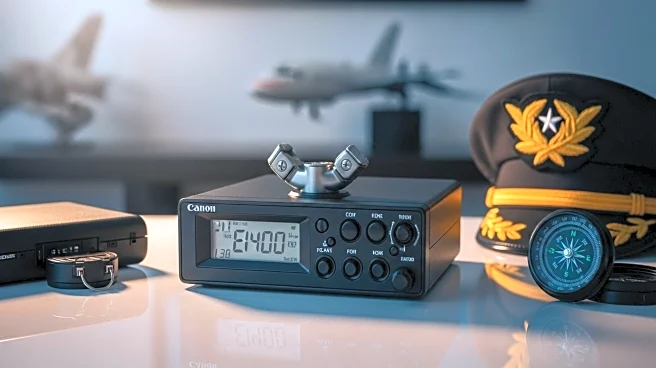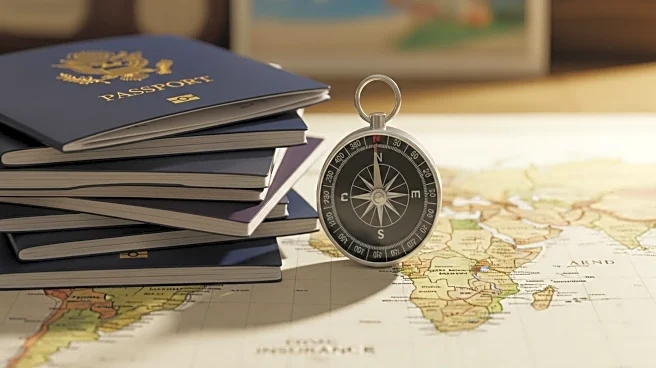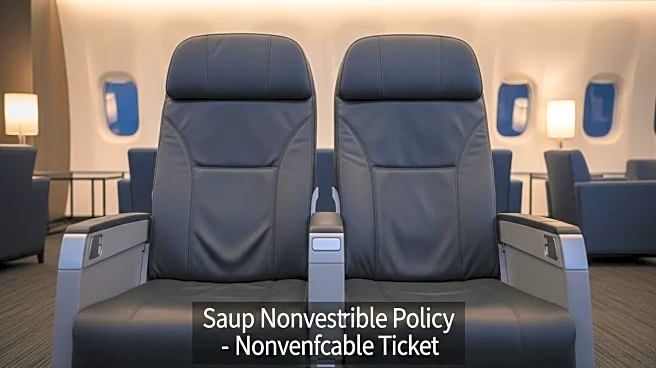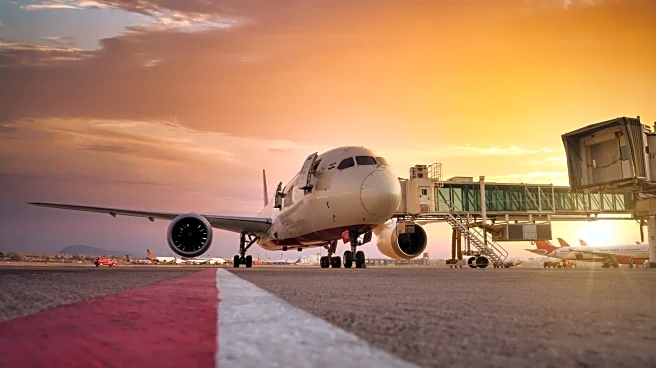What's Happening?
The investigation into the Air India 787 crash is focusing on the activation of the fuel cut-off switch, with pilot actions still under scrutiny. The incident has revived calls for cockpit video recordings to supplement existing cockpit voice and flight data recordings. The investigation is under pressure to consider all possibilities before determining the probable cause. The US National Transportation Safety Board has long advocated for cockpit video recording, a measure resisted by pilot groups due to confidentiality concerns. Video recordings could provide clarity on crew interactions with flight controls and help resolve differing interpretations of pilot actions.
Why It's Important?
The inclusion of cockpit video recordings could significantly enhance aviation safety by providing a more comprehensive understanding of incidents. This could lead to improved training and protocols, potentially preventing future accidents. However, the resistance from pilot groups highlights concerns over privacy and the potential misuse of video footage. The debate underscores the balance between safety enhancements and privacy rights, a critical issue in aviation policy. The outcome of this investigation could influence future regulations and industry standards regarding cockpit surveillance.
What's Next?
The investigation is expected to continue exploring all possible causes of the crash, including pilot actions. The findings may prompt renewed discussions among aviation authorities and industry stakeholders about the implementation of cockpit video recordings. If adopted, this could lead to changes in international aviation safety standards, impacting airlines and pilots worldwide.
Beyond the Headlines
The ethical implications of cockpit video recordings involve privacy concerns for pilots and the potential for footage to be used in legal cases. This raises questions about the balance between transparency and privacy in aviation safety investigations.












